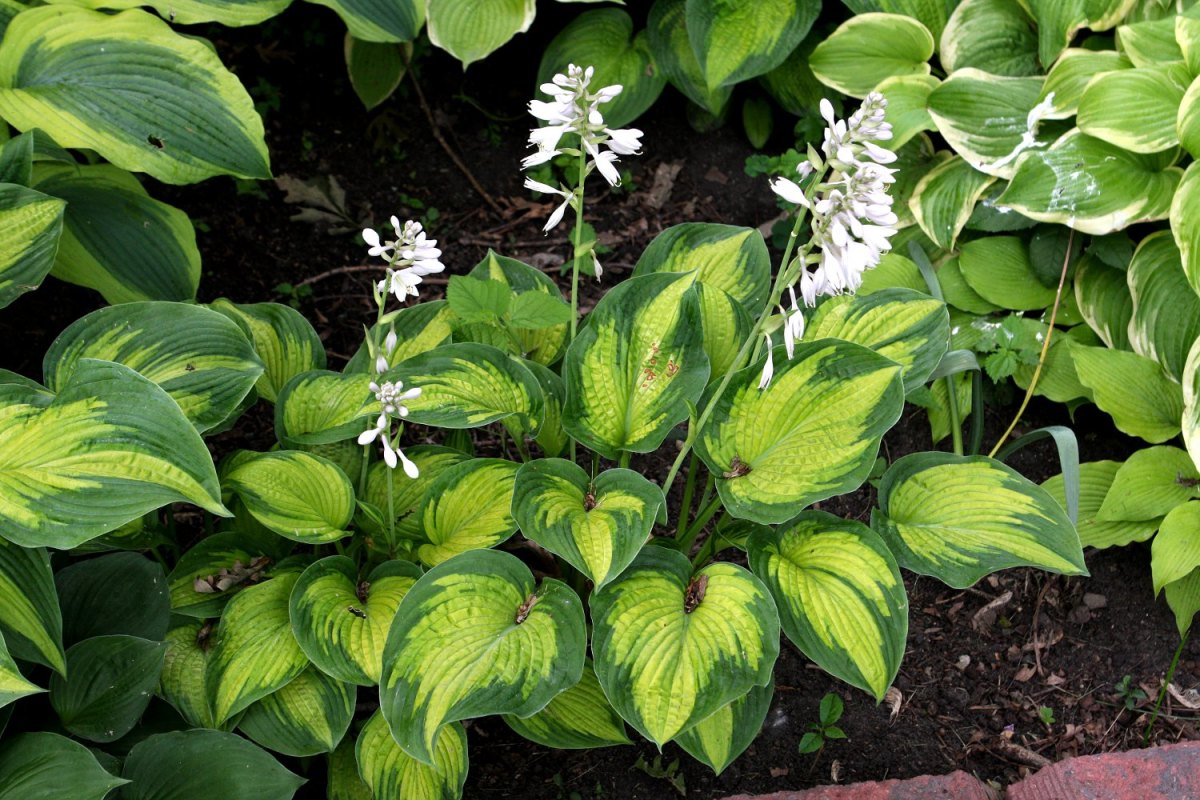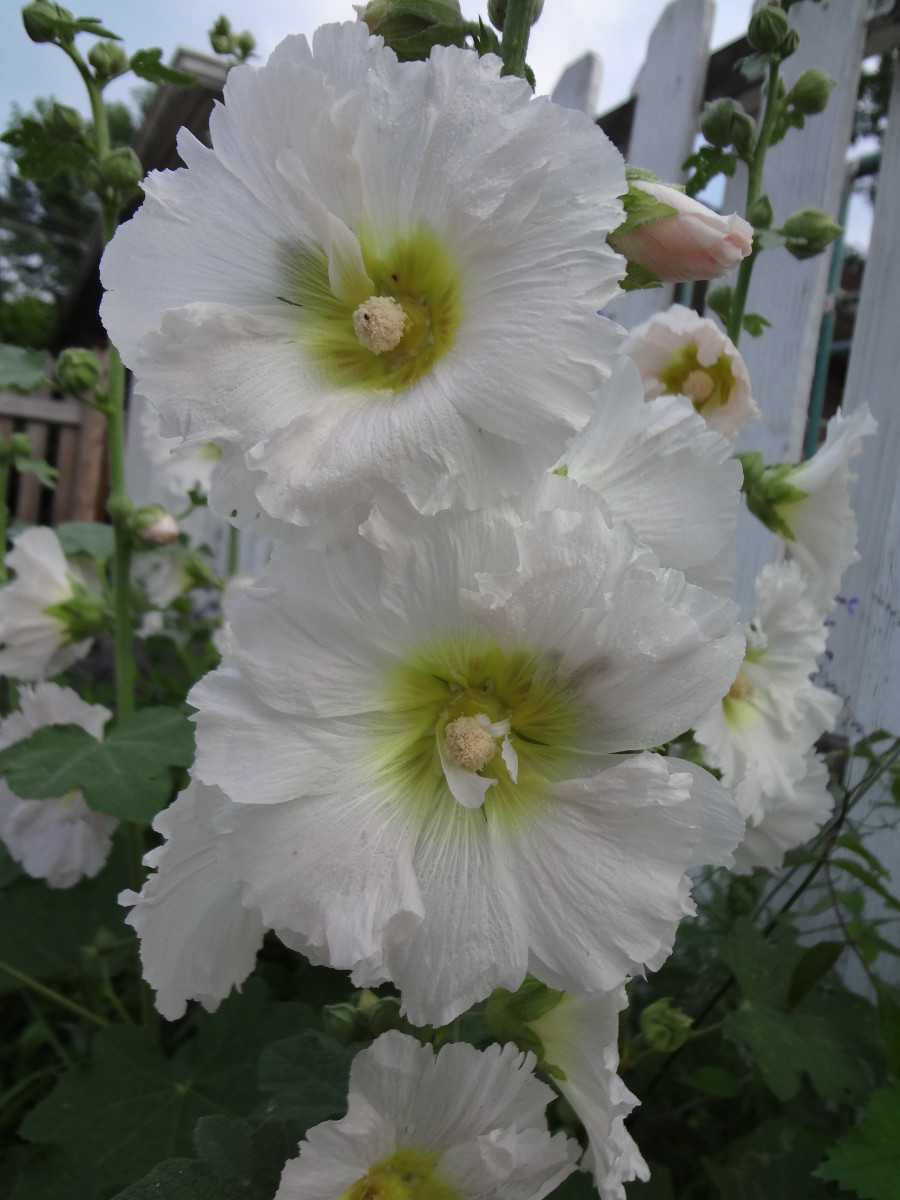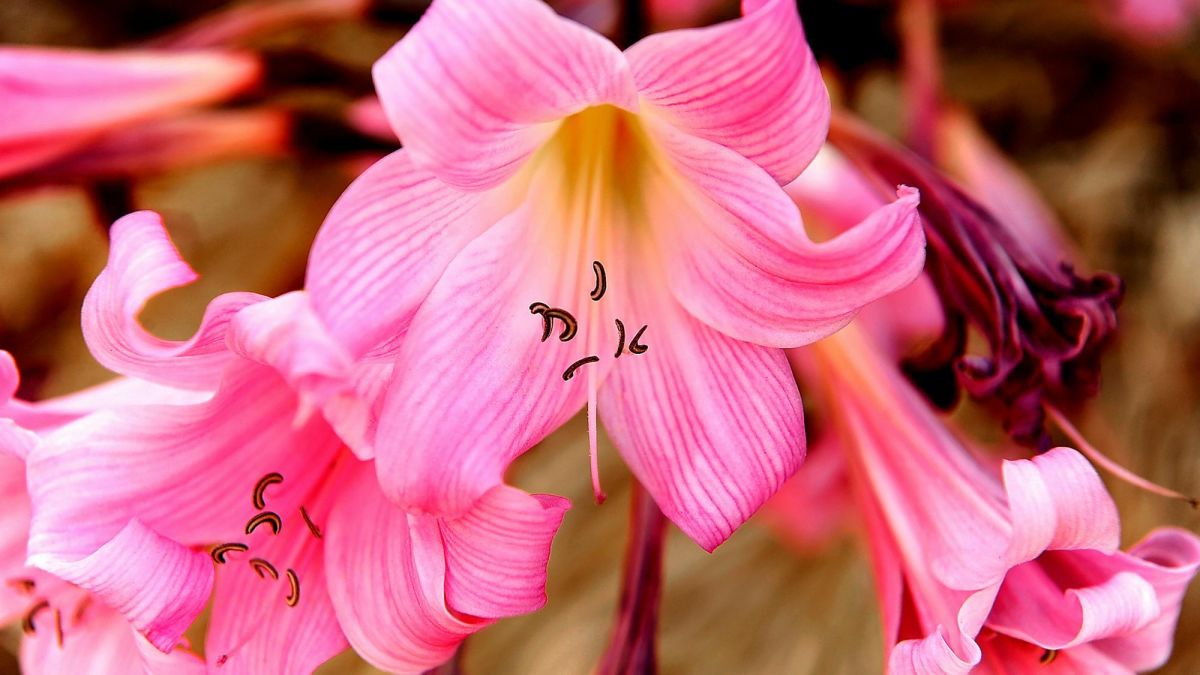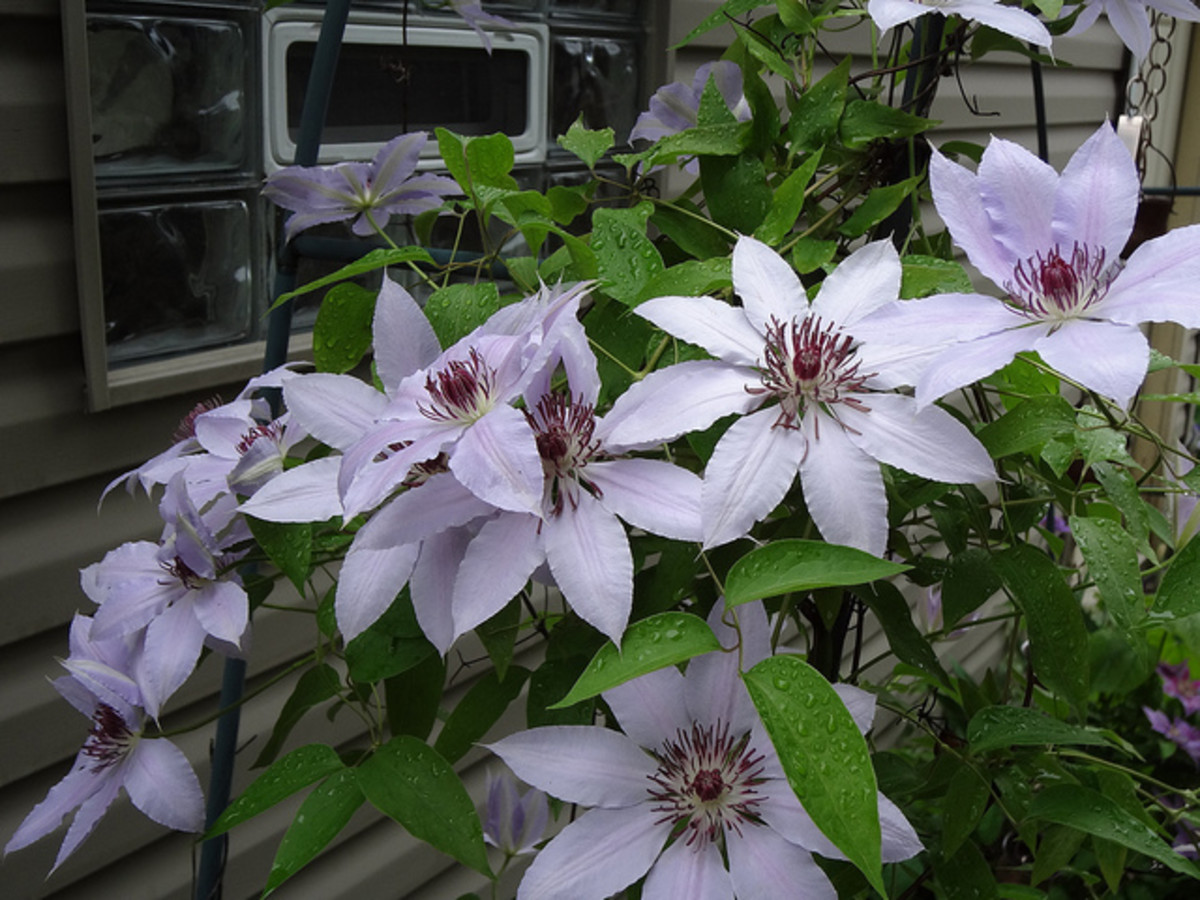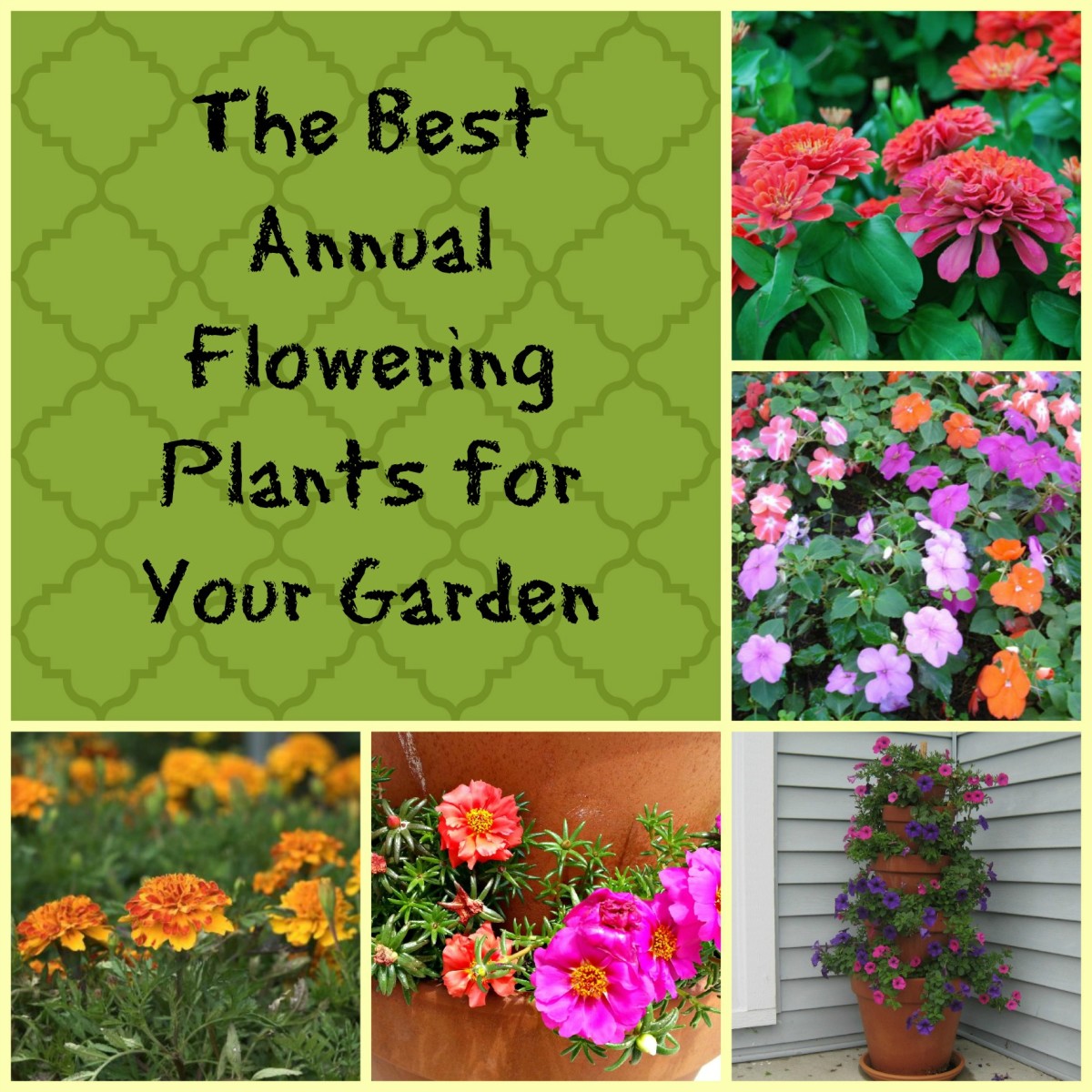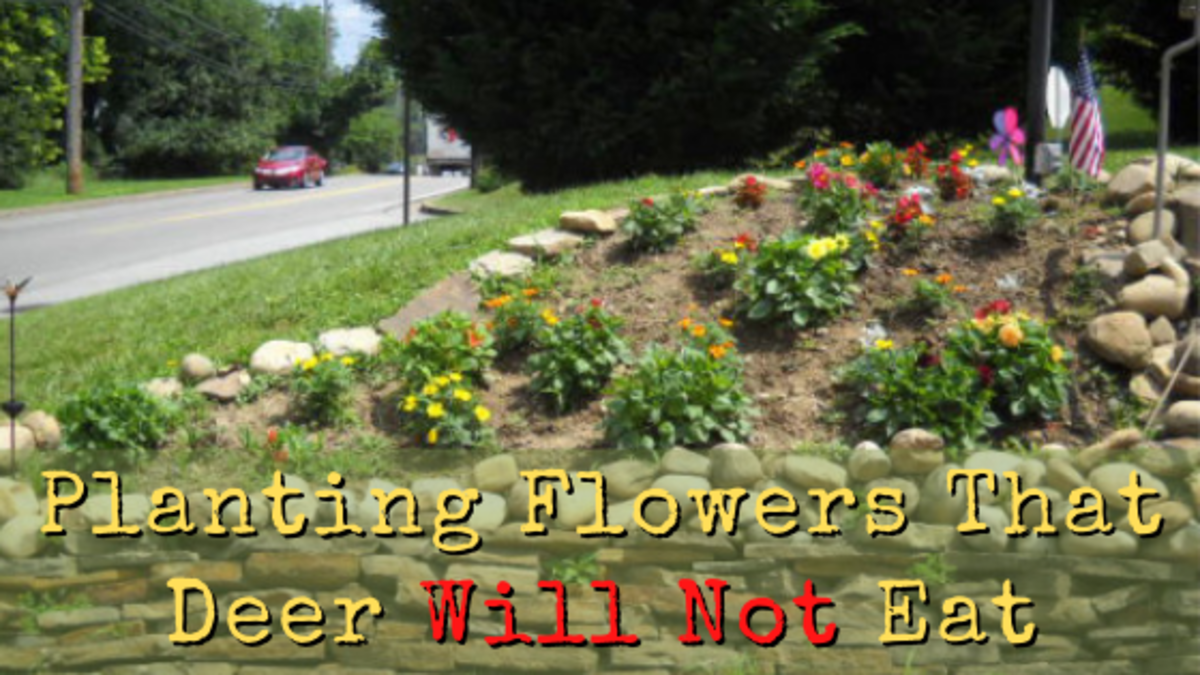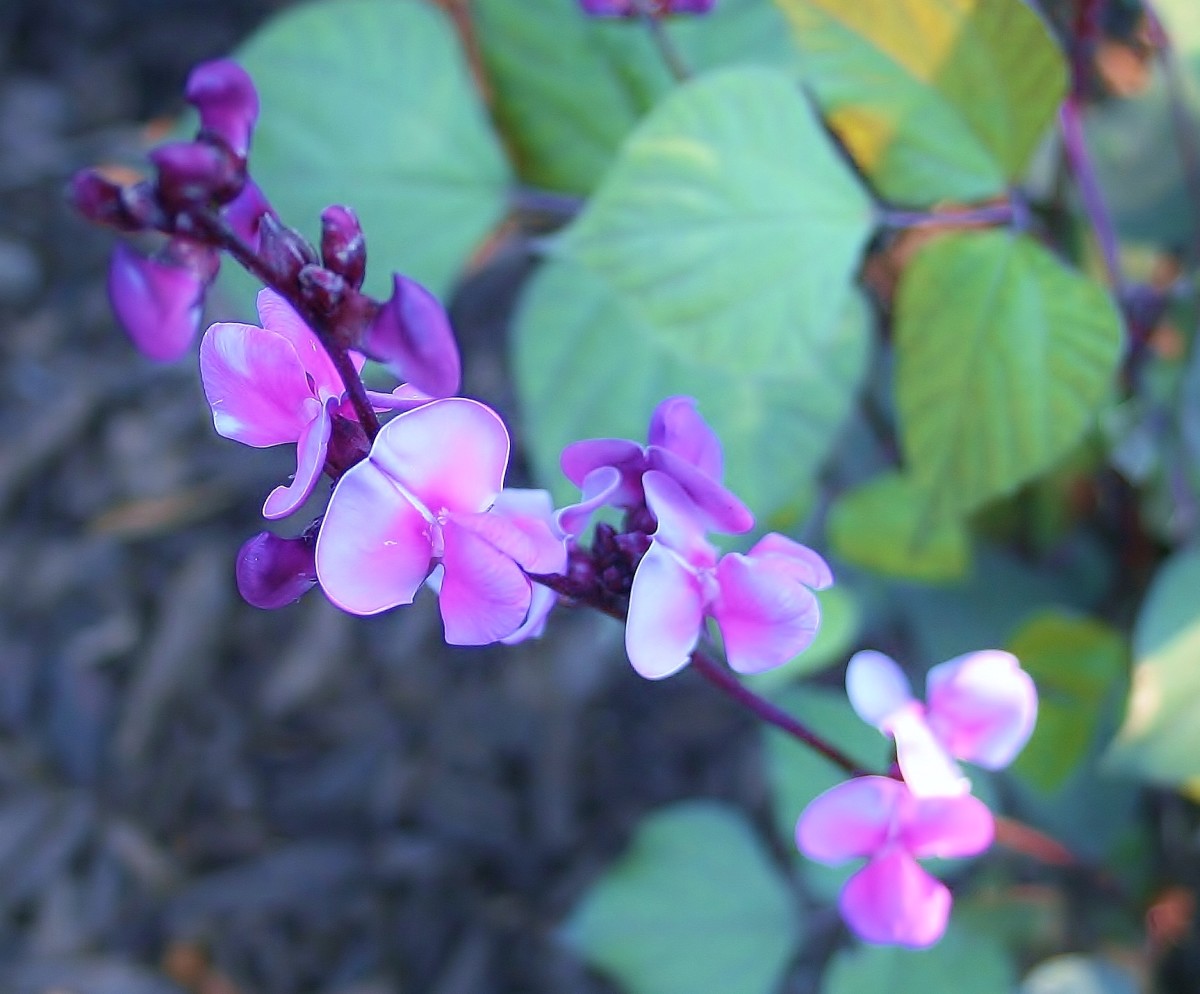- HubPages»
- Home and Garden»
- Gardening»
- Planting Flowers
Plant Spotlight: Zinnia
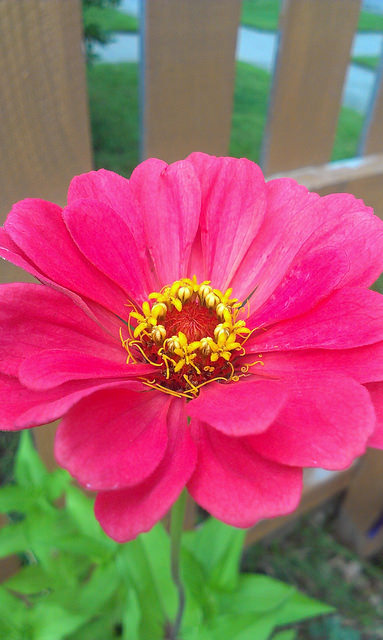
Colorful Blooms and Super Easy!
Zinnia are a great annual plant used in a variety of applications in the home garden. They are continuous bloomers that require minimal care and their showy flowers attract butterflies and beneficial insects.
Zinnia Specifications
Type: Annual
Zones: 3 to 10
Soil Requirements: Any type, but prefer a Ph of anywhere from 5.5 to 7.5
Light Requirements: Full Sun
Moisture Requirements: Moderate
Bloom Time: Summer through the first frost
Bloom Colors: Red, White, Pink, Yellow, Orange, Lime Green, Purple, Multi-colored
Zinnia do the best sown in their permanent location. They do not tolerate being transplanted well.
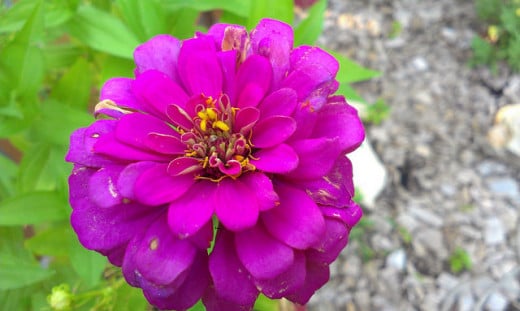
How to Grow Zinnia from Seed
Zinnia are super easy to grow from seed!
- Sow the seed outside 1/4 of an inch deep after danger of frost has passed in your area. For Zone 5, this is typically around Mother's Day.
- Space them 4 inches to 24 inches apart depending on the variety.
- Germination does best in temperatures of about 70 degrees and above.
- Germination typically takes place in about 7 days.
- You will get your first flowers about 60 days after starting from seed.
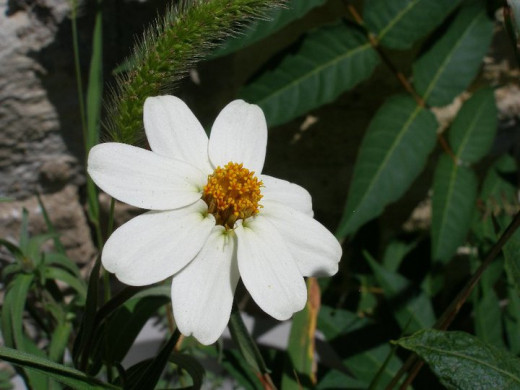
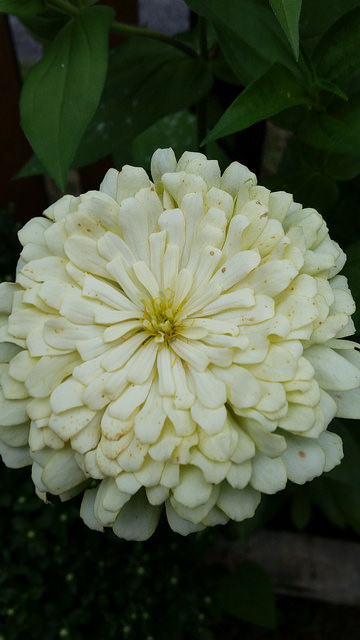
Zinnia Varieties
There are several varieties of Zinnia available on the market today:
- Single-Flowered
- Double-Flowered also called Dahlia
- Globe
- Cactus
- Mexican, which is an heirloom variety
Check out the chart below for specifications of each of these types of Zinnia!
Zinnia by Type
Type
| Description
| Mature Height
| Mature Spread
| Market Brand Names
| Uses
|
|---|---|---|---|---|---|
Single-Flowered
| Single petals surrounding a center eye
| 12 inches to 18 inches
| 10 inches to 12 inches
| Starlight varieties, Profusion varieties
| Containers, borders
|
Double-Flowered aka Dahlia
| double, compact flower heads, looks like a Dahlia hence the name
| 36 inches
| 12 inches to 14 inches
| Giant Mix varieties, Queen varieties
| Back of the border, good cut flower
|
Globe
| Small button-mum like blooms with compact heads
| 24 inches to 30 inches
| 8 inches to 10 inches
| Cut and Come Again, Thumbelina varieties
| Middle of the border, containers, good cut flower
|
Cactus
| Flowers have a pointly "quilled" look
| 20 inches to 24 inches
| 8 inches to 10 inches
| Raggedy Ann varieties
| containers, borders, interesting specimen plant
|
Mexican
| Narrow leaved and daisy like in bright reds and yellows
| 12 inches to 18 inches
| 8 inches to 10 inches
| Old Mexico, Jazzy Mix varieties
| Containers, front of the border
|
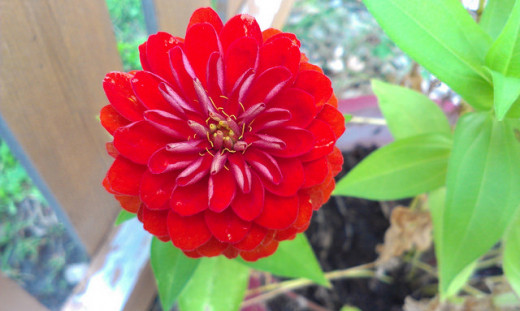
Zinnia Care
Because of their sturdy, upright growing habit, Zinnia never need staking. They do occasionally need to be deadheaded, which encourages them to bloom more.
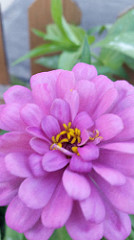
Helpful Tip:
For faster growth, incorporate some compost into your soil mix!
Good Zinnia Planting Companions
- Cosmos
- Liatris
- Coneflowers
- Black-eyed Susans
- Grasses
- Roses
Zinnias are also beneficial in the vegetable garden! Plant near cucumbers to deter cucumber beetles or near tomatoes to deter tomato horn worms! Because of their upright habit, Zinnia can provide a good climbing surface for pole beans or peas as well.
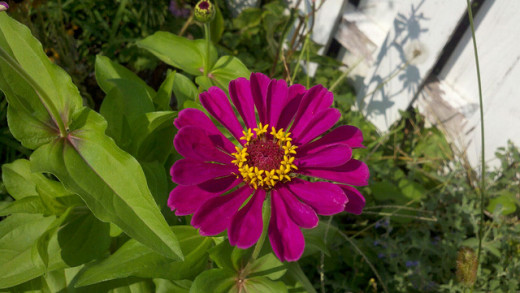
A Reliable Flower
If you haven't included Zinnia in your garden plan, I encourage you to give them a try! They make a great cut flower for a vase or bouquet. While they aren't considered a "culinary" flower, they are non-toxic, which is great for a children's garden. They are also non-toxic to your fur babies (dogs and cats) as well!
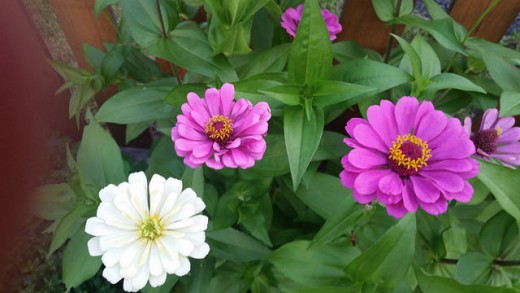
© 2015 Lisa Roppolo

